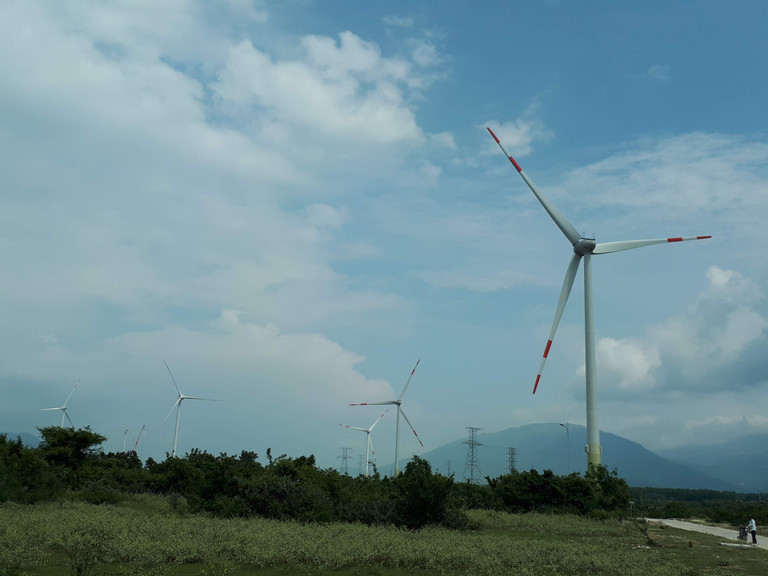
Deputy Minister of Finance Le Tan Can said the carbon credit market in Vietnam fits international commitments on reducing greenhouse gas emissions and trends in the global carbon credit market.
There are two types of carbon credits, including greenhouse gas emission quotas and carbon credits certified by the Ministry of Natural Resources and the Environment, that are traded in the domestic carbon credit market.
The parties in the market are establishments on the list of fields that have to do stocktaking in greenhouse gases; organizations implementing projects to create carbon credits; organizations and individuals eligible for investing and trading carbon credits according to the law; and organizations that support transactions.
The Ministry of Finance has proposed the establishment of an exchange in Vietnam. The exchange aims to contribute to reducing greenhouse gas emissions at low costs; promoting low-emission technologies; improving the competitiveness of Vietnam’s enterprises; striving for a low-carbon economy; and taking the initiative in handling climate change.
However, to establish the exchange, many things need to be done.
Deputy Minister of Natural Resources and the Environment Le Cong Thanh has named key factors in forming a carbon credit market, including the management of carbon credits; emission reduction plans in different fields; and a mechanism for carbon credit exchange in the international market.
Deputy Minister of Planning and Investment Nguyen Thi Bich Ngoc said a foundation on which state agencies will build policies should encourage businesses' technology innovation and emission management activities.
She stressed that Vietnam's carbon credit market must connect with the world so that foreign invested businesses can feel secure in investing in production and business.
Deputy Prime Minister Tran Hong Ha emphasized that the commitment on greenhouse gas emission cuts is a policy of the Party and the State as climate change is the biggest challenge. This offers an opportunity to Vietnam to shift to a more suitable development model in the future.
The plan also aims at institutionalizing policies on emissions quotas and carbon credit exchange; goals to reduce greenhouse gas emissions; and and new green resources and the green economy.
Luong Bang